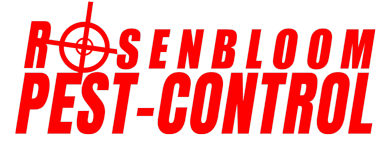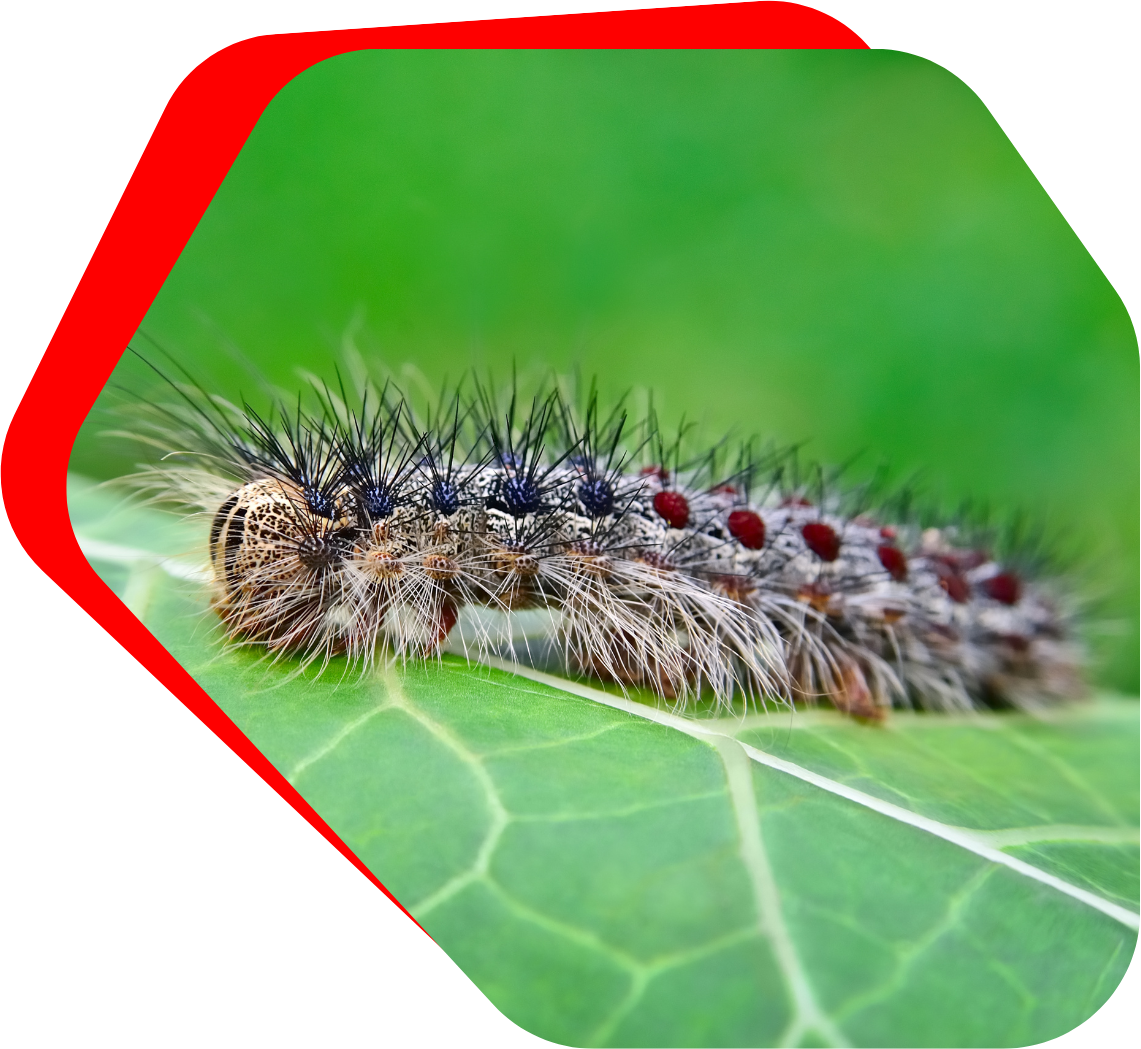The Baltimore area hosts a myriad of species, each with its unique set of habits and habitats. Some of the most common types you might encounter include the Gypsy, Clothes, and the Indian Meal. The Gypsy is notorious for defoliating vast swathes of forests, transforming lush green spaces into barren wastelands in a matter of weeks. Baltimore's suburban neighborhoods, with their abundant tree cover, are especially susceptible to these invaders. Clothes Moths, as their name suggests, have a penchant for fabrics. These tiny, inconspicuous pests can devastate wardrobes, causing hundreds, if not thousands, of dollars in damage before they’re even detected. Lastly, the Indian Meal Moth, a pantry pest, has a particular affinity for grains and cereals. A single infestation can compromise food safety and force homeowners to throw out large quantities of food.
Besides the obvious financial ramifications, they pose other, more subtle problems. Larvae, especially those of the Clothes, can cause allergies in sensitive individuals. The fibrous fragments they leave behind after devouring fabrics can irritate the skin and respiratory system. Moreover, they can act as vectors, indirectly introducing other pests. For instance, when the Gypsies defoliate trees, they leave them weakened and more susceptible to diseases and other pests.
Though deemed as nuisances, they are intriguing creatures. For instance, did you know that moths and butterflies belong to the same order, Lepidoptera? Yet, while butterflies are diurnal, moths are predominantly nocturnal, showcasing nature's balance of day and night. Many possess an extraordinary sense of smell. Some species can detect single molecules of a pheromone, enabling them to locate mates from miles away. Their antennae, often feather-like in structure, are the sensory powerhouses driving this olfactory prowess.
In our digitally connected era, many homeowners, lured by the prospect of quick solutions, turn to DIY control methods. From mothballs to essential oils, there's no shortage of "miracle" solutions peddled online. However, most DIY solutions are, at best, temporary. Mothballs, a common remedy, can repel them but are toxic to humans and pets. Their smell is also pungent and can permeate fabrics. Essential oils, might deter the pest momentarily, evaporate quickly and need constant reapplication.
Also, these DIY solutions only address adults. The real culprits are the larvae, which remain unaffected and continue wreaking havoc behind the scenes. DIY methods often fail to address the root cause of the infestation. Without identifying and eliminating the source, these methods merely scratch the surface, providing a false sense of security while the infestation festers silently.
Rosenbloom Pest Control firmly believes that when it comes to moths, prevention is better than cure. Our approach is multi-faceted. We don’t just eliminate the existing problem; we ensure it doesn’t recur. Our team of seasoned professionals understands the biology and habits of various moth species, equipping us with the knowledge to tackle infestations at their core. Moreover, we use state-of-the-art equipment and responsible, effective treatments that ensure long-lasting relief. Contact us today for an estimate.
Frequently Asked Moth Questions
Q1: I’ve heard they are attracted to light, but why do I find them in my dark closets or pantries?
A1: It's a common misconception that all moths are drawn to light. While many species are phototactic (attracted to light), the ones you find in your dark closets or pantries, like the Clothes or the Indian Meal, are not necessarily lured by light. Instead, they seek out dark, undisturbed places to lay their eggs because it provides a safer environment for their larvae. The larvae, once hatched, have immediate access to food sources like fabrics or grains, ensuring higher survival rates. Some species prefer to reproduce in the dark.
Q2: I found a large, colorful one outside; is it harmful to my home or plants?
A2: Not all moths are pests. The Baltimore area is home to a rich diversity of species, many of which are completely harmless and play crucial roles in the ecosystem, such as pollinating plants. Large, colorful ones are often part of the Sphingidae family, commonly known as hawk or sphinx moths. They typically feed on flower nectar and are not the ones causing damage to homes or gardens. It's the smaller, less conspicuous species you need to watch out for!
Q3: Are they seasonal pests in the Baltimore area, or do they persist year-round?
A3: While moths can be more prevalent in certain seasons due to their breeding cycles and favorable weather conditions, it's crucial to understand that indoor infestations, like Clothes or Indian Meal, can persist year-round. The controlled environments inside our homes can offer these pests suitable conditions to thrive irrespective of the season outside. Regular inspections and proactive measures are essential to prevent and manage these year-round invaders.

